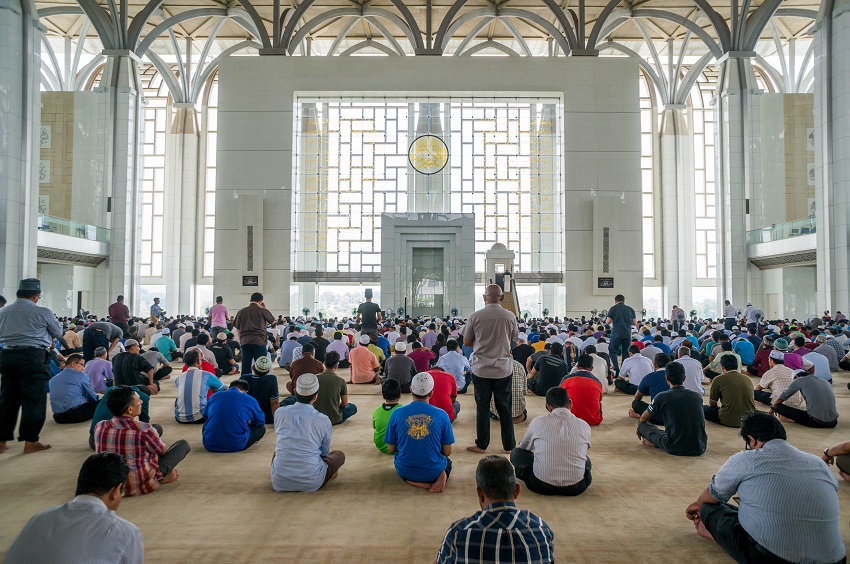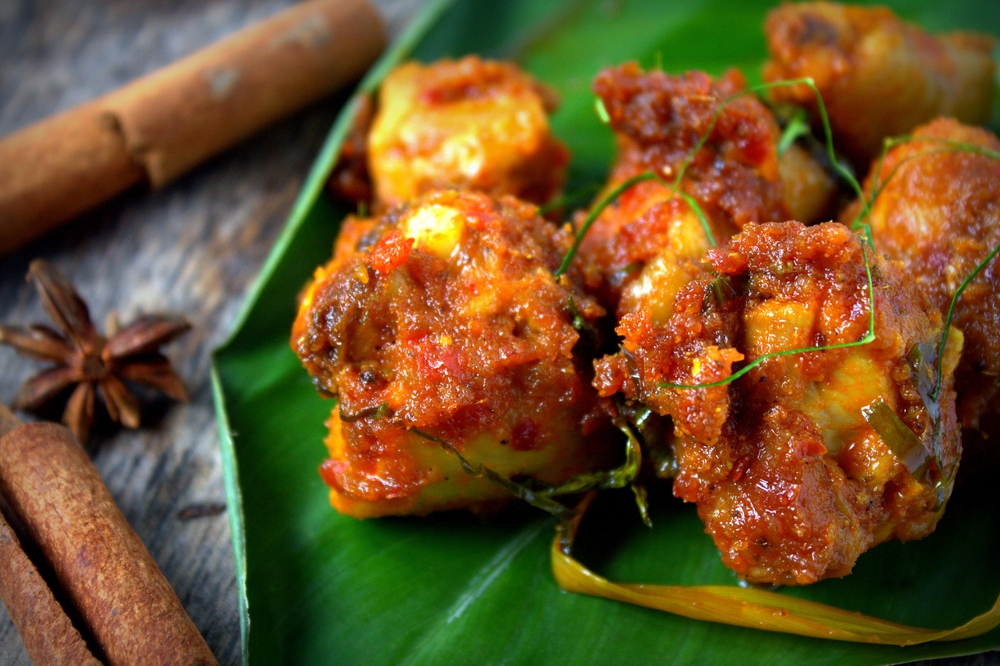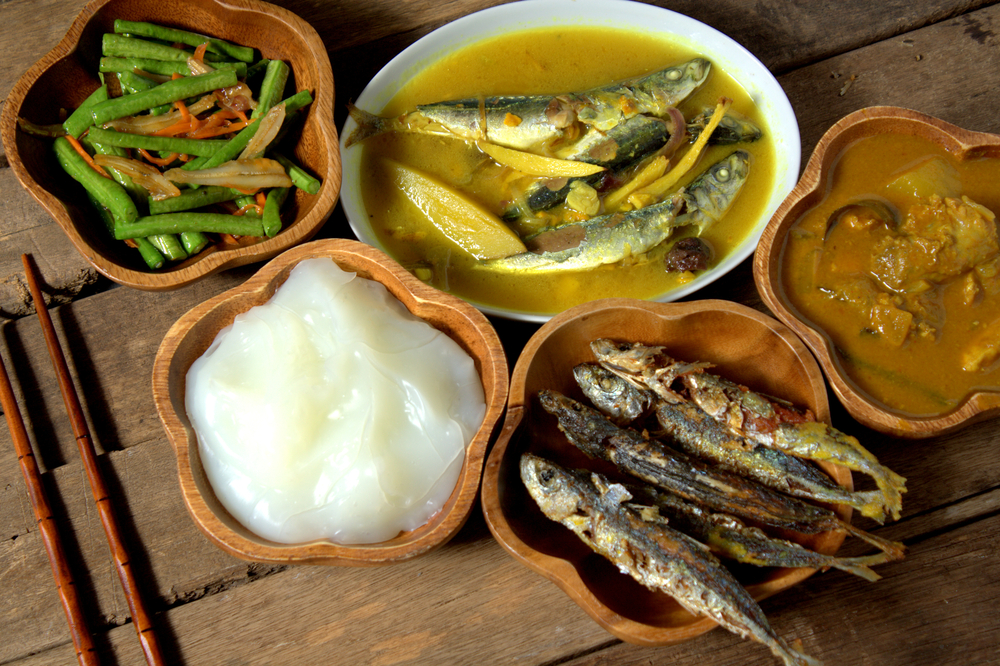Malaysia - belief and religion
Malaysia is the multicultural land with which the three different ethnic groups, Malay, Chinese and Indian, coexist. The Islamic make 61.3%, the Buddhist 19.8%, the Christian 9.2% and the Hindu 6.3%. All the Malays are Islamic while the Chinese are Christian, Buddhist, Taoist and Confucianist. The Indians are Hindu (Jesudas M.Athyal,Editor, 2015:164).
Islam is an official region of Federation of Malaysia. In 15th century, Muslim traders from India, Persia and South Arabia travelling here for business purposes in Malacca, a famous commercial port in Southeast Asia then, introduced Islam to people on this land. King Parameswara converted from Hindu to Islam through a royal marriage with one of princesses of Sumatra king (Jesudas M.Athyal, Editor, 2015:166).
Today, the Muslims make the most population in Malaysia. Islam plays a vital role in both secular and religious worlds. Islamization in Malaysia has been the on-going process since late 19th century. Islam is a distinguished religion determining government political supports of the people.
Islamization in Malaysia
Islamization is an Islamic movement with an aim to spread the religion into every possible sphere such as the government body, politics, economics, social organizations, education systems, moral values and other aspects of life. Another explanation suggests Islamization is a process aiming to construct a new society completely devoted itself to Islamic doctrines (แพร ศิริศักดิ์ดาเกิง, 2557:134).
The Islamization trend in Malaysia had begun to circulate around late 19th century and became evident during 1940-1960. Islam was rising to its peak and even succeeded in intervening Malaysian Constitution as well as other institutions and bureaucracy. It finally established a political party. Though Islam is the official religion, other religions are validated. Leaders of each state are righteous Islamic religious leaders under the constitution (แพร ศิริศักดิ์ดาเกิง, 2557:138).
The Islamization trend grew stronger in the 1970’s with attempts of Umno Party’s political leaders. The so-called trend was used as a political tool to convince the mass of populations to side either with Umno, the single party government or some other Islamic restoration movements. They were fighting to define what it means to be ‘a real Islamic’ that is compatible with Malay society. The Umno proposed itself to make sure Islam was being supported and promoted in Malaysian society along with standing up for the rights and status of Malay Muslims or ‘Bumiputra’ (แพร ศิริศักดิ์ดาเกิง, 2557:141).
Political policies and other religious movements towards the Islamization trend, on the contrary, affected the Malaysian society in a way in which, overall, it has become more devout inevitably making uneasy relationships between Malay Muslims and other ethnic groups. In the past, the Malay Muslims, for instance, could enjoy other ethnic groups’ menus if pork was not part of those. However, the Malay Muslims now refuse to join meals with other ethnic groups (แพร ศิริศักดิ์ดาเกิง, 2557:142).
Changes introduced by Islamization emphasize differences between the Malay Muslims and other ethnic groups. It is undeniable that Malaysia’s new economic plans drew up to improve quality of life and make every ethnic group economically equal while the Islamization casts a sense of alienation between the Malay Muslims and other ethnic groups. It is an overlapping issue of ethnicity and religion (อัญชลี ถั่วเถื่อน, 2016).
Bibliography
Jesudas M.Athyal,Editor. (2015). Religion in Southeast Asia. California.
แพร ศิริศักดิ์ดำเกิง. (2557). อิสลามาภิวัฒน์กับการเปลี่ยนแปลงทางสังคม : เปรียบเทียบมาเลเซียและไทย. ใน มณีวรรณ ผิวนิ่ม และคณะ, สาส์นมานุษยวิทยา 40 ปี:มานุษยวิทยาวังท่าพระ (หน้า 131-154). กรุงเทพมหานคร: บริษัท เอส.เอม.เซอร์คิทเพรส จำกัด.
อัญชลี ถั่วเถื่อน. (2016). เปิดโฉมหน้ามุสลิมมาเลเซีย : การจัดการอิสลามในยุคโลกาภิวัฒน์. Retrieved พฤษภาคม 2016, 02, from ศูนย์ศึกษาและพัฒนาสันติวิธี มหาวิทยาลัยมหิดล: http://www.peace.mahidol.ac.th/th/index.php?option=com_content&task=view&id=197&Itemid=155





